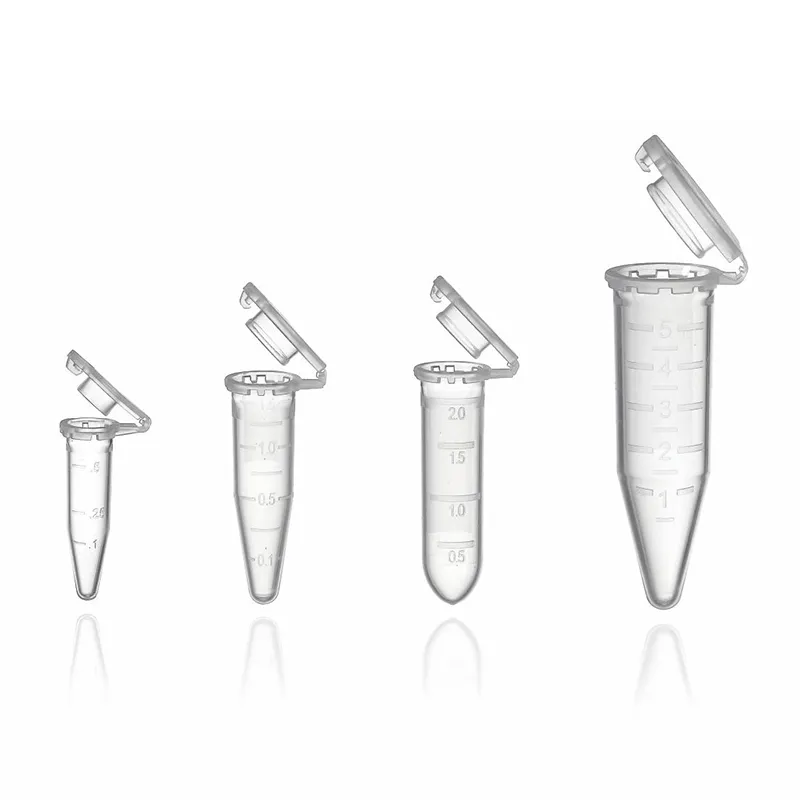plastic centrifuge tubes
The Role of Plastic Centrifuge Tubes in Modern Laboratories
Plastic centrifuge tubes are fundamental tools in laboratories across various scientific disciplines. Their design and functionality have made them indispensable for both research and clinical applications. This article aims to explore the features, advantages, and diverse uses of plastic centrifuge tubes, highlighting their significance in contemporary science and technology.
Features of Plastic Centrifuge Tubes
Plastic centrifuge tubes are typically made from high-quality polymers such as polypropylene or polyethylene. These materials offer several advantageous properties, including chemical resistance, optical clarity, and durability, making them suitable for a wide range of applications. The tubes are available in various sizes, commonly ranging from 0.5 ml to 50 ml, allowing researchers to choose the appropriate volume for their experiments.
One of the defining characteristics of these tubes is their ability to withstand high centrifugal forces. They are designed to maintain structural integrity under rapid rotation, minimizing the risk of breakage or leakage. Many plastic centrifuge tubes also come with graduated markings for easy volume measurement, further enhancing their utility in the lab. Additionally, most of these tubes have a snap-cap or screw-cap design, providing a secure closure to prevent spills and contamination of samples.
Advantages of Using Plastic Centrifuge Tubes
The choice of plastic over glass centrifuge tubes offers numerous benefits. First and foremost, plastic tubes are lightweight, which simplifies handling and transportation. This is particularly crucial in high-throughput laboratories where efficiency is paramount. The lower risk of breakage associated with plastic tubes makes them safer to use, especially in busy lab environments.
plastic centrifuge tubes

Furthermore, plastic centrifuge tubes are often more cost-effective than their glass counterparts
. This affordability makes them ideal for routine laboratory tests and experiments, where large volumes of samples are processed. Their disposability can also contribute to cost savings, as many plastic tubes are designed for single-use, thereby reducing the time and resources spent on cleaning and sterilization.Applications in Various Fields
In the biomedical field, plastic centrifuge tubes are widely used for sample processing, including blood, urine, and cellular analyses. They play a crucial role in preparing samples for procedures such as DNA extraction, where precise measurements and contamination-free environments are essential. Additionally, in microbiology laboratories, these tubes are often used to concentrate microorganisms from samples, facilitating further study.
In research settings, plastic centrifuge tubes are invaluable in various experimental protocols. From isolating proteins to purifying nucleic acids, their ability to tolerate extreme temperatures and diverse chemical environments proves essential. Moreover, in educational institutions, they are routinely employed in teaching labs, enabling students to conduct experiments safely and effectively.
Conclusion
Plastic centrifuge tubes epitomize the intersection of innovation and practicality in modern laboratory work. Their favorable properties, including strength, affordability, and ease of use, have solidified their place as essential items in lab benches worldwide. As technology and scientific research continue to evolve, the design and functionality of plastic centrifuge tubes will likely advance too, further enhancing their role in supporting scientific discovery and innovation across a multitude of fields.
In summary, whether for academic research, clinical diagnostics, or industrial applications, plastic centrifuge tubes remain a key component in advancing science, enabling researchers to work efficiently and accurately with a wide array of samples.
-
Aesthetic Makeup Spray Bottles | Fine Mist Empty RefillableNewsAug.19,2025
-
White Plastic Veterinary Vaccine Vials | Lab Liquid BottlesNewsAug.18,2025
-
Plastic Medicine Liquid Bottle: Secure Flip Top Drug VialsNewsAug.17,2025
-
Durable 250ml Blue Plastic Vaccine Vial for Lab & Vet UseNewsAug.16,2025
-
Sterile Virus Sample Tubes: Secure & Reliable Specimen CollectionNewsAug.15,2025
-
White 250ml Plastic Vaccine Vial for Lab & Vet MedicineNewsAug.14,2025
























